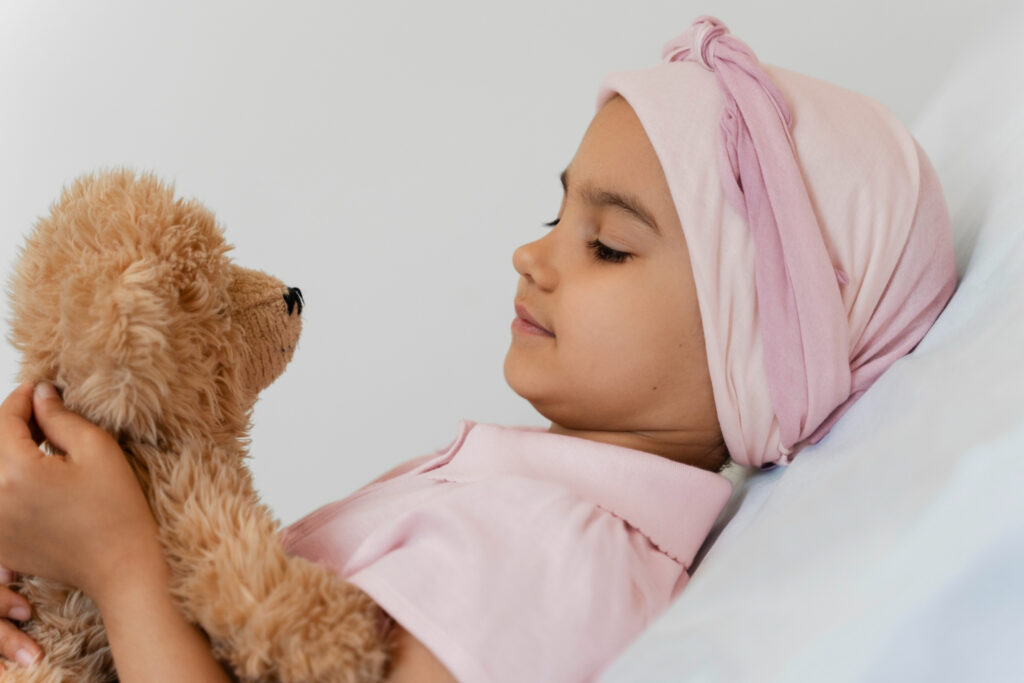7 types and signs of childhood cancer
Although there are many different types of childhood cancer, the risk for any one child to have cancer is fairly low. Altogether, there are only about 150 cases of childhood cancer for every 1 million children in the United States.
Still, cancer is one of the foremost causes of death in children, so it is essential to be conscious of the signs and symptoms of cancer in children.
7 Types of Childhood Cancer
Among the types of cancer that children are most likely to get include:
- Leukaemia: Most common type of childhood cancer
- Brain tumours: the second most common form of cancer in children
- Bone tumours: including Ewing’s sarcoma and Osteosarcoma
- Retinoblastoma: An eye tumour that is usually detected by examining for a red reflex in a child’s eye
- Neuroblastoma: Most common solid tumour outside of the brain in children
- Lymphoma: Such as Hodgkins and non-Hodgkins lymphoma
- Wilm’s Tumour: A kidney tumour that mostly affects young children between the ages of 2 and 4 years
Symptoms of childhood cancer
Some symptoms are easy to recognise, such as the large abdominal mass in a child with Wilm’s Tumor. While others might include fever, frequent infections, bone pain, night sweats, vomiting, and headaches. Some of which children have when they suffer more common and less severe viral infections or other common problems of childhood.
To determine what could be a symptom of cancer, you have to think about how bad the symptoms are, how long they are lasting, and if they are continuing to get worse over time. For instance, if your child’s fever is lasting more than 14 days and you and your healthcare providers don’t know why then a complete blood count to screen for cancer and other tests would be a good idea.
Other examples of symptoms that might indicate childhood cancer include:
- Persistent vomiting for more than 7 days. Notably worse when your child wakes up in the morning, wakes your child up at night, or is associated with a headache.
- Bone pain or muscle pain that doesn’t follow a known injury and doesn’t improve in a few weeks. Note that chronic back pain is uncommon in younger children and can be a sign of a spinal cord tumour.
- A persistent cough or trouble breathing that doesn’t respond to usual treatments for infections or asthma.
- An enlarging mass, whether it is in the abdomen, neck, arms or legs.
Other common symptoms might include having very decreased activity, loss of appetite, easy bleeding, bruising, rapid visual changes, an enlarged liver or spleen, or weight loss.
Consulting your paediatrician
No matter what symptoms your child has, tell your paediatrician if you are worried that your child could have cancer. It might be that you have a reason to be concerned. Or your healthcare provider might be able to reassure you that your child is not at risk after a physical examination or a few screening tests.

